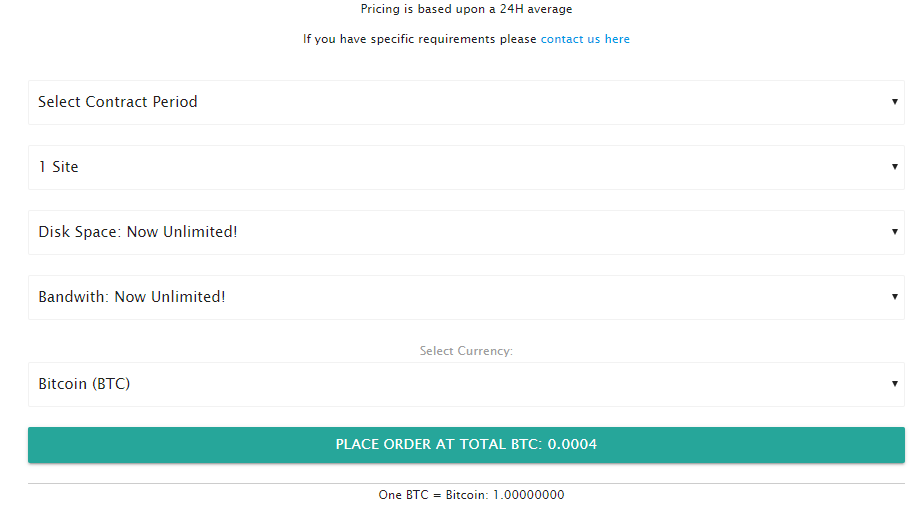
Image by Bing Digital (https://www.bingdigital.com/)
We often get asked about load balancers so hopefully, this article will help answer some of these questions.
Implementing a load balancer can maximize your server’s performance whilst minimizing the response time and makes scalability much easier, but what is load balancing?
What is load balancing?
Load balancing is when traffic is distributed across multiple servers in order to improve efficiency and spread the workload, this reduces the strain on the individual servers along with reducing the chances of having a server outage.
A load balancer can come in a few different forms based on the configuration.
Configuration
- Hardware Load Balancer - This is a physical piece of hardware that will be housed in a data centre.
- Software Load Balancer - These tend to be applications that are installed onto the system, they offer a similar service to the hardware version but are more cost-effective.
- Virtual Load Balancer - This is a combination of both the hardware and software load balancer, however, is virtualized through a virtual instance.
Algorithms/Methods
Load balancers can operate using a few different algorithms or methods, here are a few examples:
- Round Robin - this is one of the most basic techniques for load balancing as it will cycle/rotate through each server as a request comes through. The downside to this method is it will not take into account the current load on the individual servers which can lead to servers becoming overloaded.
- Least Connection Method - Unlike the round-robin technique this method will evaluate the individual servers and direct requests to the ones with the least active connections.
- Least Response Time Method - This method is the next step up from the least connection technique and will test the response time of the server to find the most suitable one before sending over the request.
- Least Bandwidth Method - This method simply seeks out the server currently serving the least amount of traffic and directs requests to this location.
- Least Packet Methods - This is very similar to the least bandwidth method but instead of seeking out the server with the least traffic, it will look for the server that has received the least amount of packets in a given time.
Benefits
- Maximise Performance - Load balancing can help to manage the overall workload on the servers which in turn will maximise their performance.
- Security Layers - Having a load balancer in place provides an extra layer that all data has to pass through which acts as an extra security layer.
- Server Maintenance - The load balancer will help to point out where servers may be in need of service or replacing and help to divert traffic whilst a server is being worked on.
- Future Scalability - Having the capabilities in place to handle more traffic is one of the best ways to make scalability in the future seamless.
If you want to know more about how our data centre operates and what services we provide please get in touch today or call us on 0161 464 6101 for more information.
Header image by Bing Digital.







